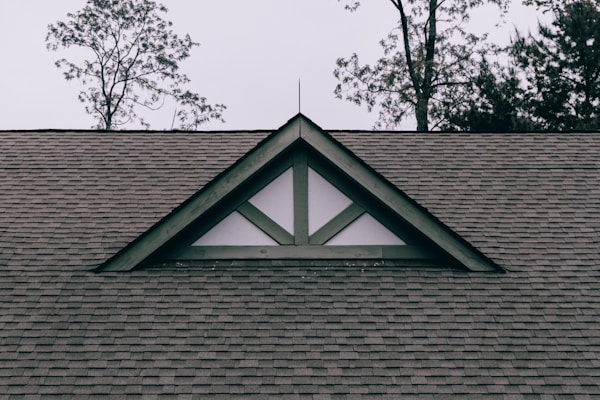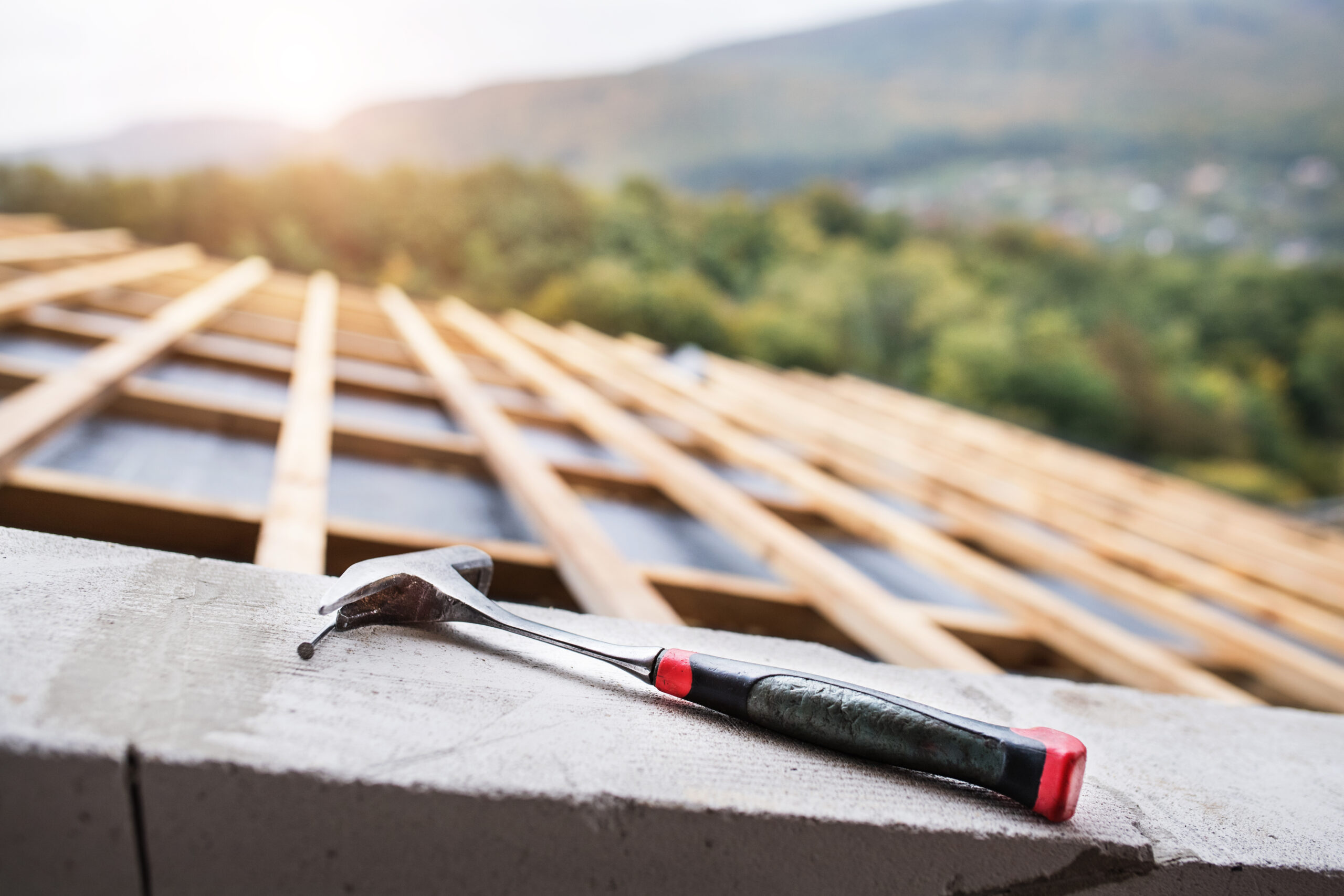A roof replacement might seem like a daunting task to many homeowners, but it can be a worthwhile investment when done right. Not only can it increase the value and lifespan of your property, but it also provides you with peace of mind knowing that your home is well-protected from the elements. In this article, we will explore some key aspects of roof replacement, including materials, labor, cost, and maintenance, to help you make an informed decision about your own roof replacement project.
Considerations in Roof Materials

When it comes to finding a new roof and estimating your new roof cost Florida, the choice of materials is an important factor to consider. There are various roofing materials available on the market, including asphalt shingles, metal, wood, and tile. Each has its own set of characteristics, benefits, and drawbacks. For instance, asphalt shingles are typically the least expensive, making them a popular choice for homeowners on a tight budget. However, they may not last as long as other materials or be as energy-efficient.
Metal roofs have become increasingly popular in recent years due to their strength and durability, as well as being more environmentally friendly. Metal roofs can be more expensive than asphalt shingles, but they generally have a longer lifespan and require less maintenance. Wood shingles and shakes offer a natural, rustic look to your home and are often used in coastal regions or homes with a cottage-style exterior. They do require regular maintenance, however, which can be an ongoing cost.
Understanding Roof Replacement Labor Costs
Another major component of a roof replacement project is labor. The cost of labor can vary depending on several factors, including the difficulty of the job, the time required to complete the project, and the expertise of the roofing contractor. Skilled and experienced contractors may charge higher rates, but they will generally provide better quality workmanship and guarantees on their work.
You also have to factor in the cost of removing your old roof before a new roof can be installed. This involves stripping off the existing materials and disposing of them according to local regulations. The removal process can be time-consuming and labor-intensive, particularly for older or more complex roof systems, which can add further costs to the overall project. One way to save money on labor costs is by obtaining multiple quotes from different contractors. This allows you to compare the prices and services offered by different providers.
Budgeting for a Roof Replacement

A roof replacement can be a significant investment, which is why it’s crucial to carefully plan your budget. When setting your budget, be sure to factor in not only the cost of materials and labor but also any additional costs, such as permits, inspections, and potential repairs to the underlying roof structure. In addition, consider setting aside a contingency fund for any unforeseen expenses that may arise during the course of the project.
There are various financing options available to help cover the cost of a roof replacement. You may consider using a home equity loan or line of credit, which enables you to borrow against the value of your property. Another option could be securing a personal loan, although interest rates may be higher than that of a home equity loan. Alternatively, some roofing contractors offer financing plans that allow you to spread the cost of the project over a longer period of time.
Maintaining Your New Roof

Once your roof replacement is complete, regular maintenance is key to ensuring its longevity and preventing future problems. Generally, you should always prioritize home maintenance. This includes conducting periodic inspections to identify any signs of damage or wear, such as buckling, curling, or loose shingles. Additionally, be sure to address any potential issues in a timely manner to prevent further complications or a premature need for a second roof replacement.
Keep gutters and downspouts clear of debris to allow proper water flow and prevent damage to both the roof and the structure of your home. It’s also essential to trim any overhanging tree branches, as they can cause damage during severe weather or simply from rubbing against the roof surface. If your region is prone to ice and snow buildup, it’s vital to invest in appropriate snow and ice removal tools to avoid excess weight and potential damage to your roof.
As you can see, a roof replacement is a major investment that requires careful consideration and planning. By taking the time to research materials, labor, budgeting, and diligently maintaining your new roof, you’ll be well-equipped to make the most of your investment and protect your property for years to come. If you follow the advice in this article, you’ll be done with your roofing construction project before you know it!

